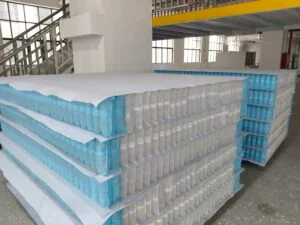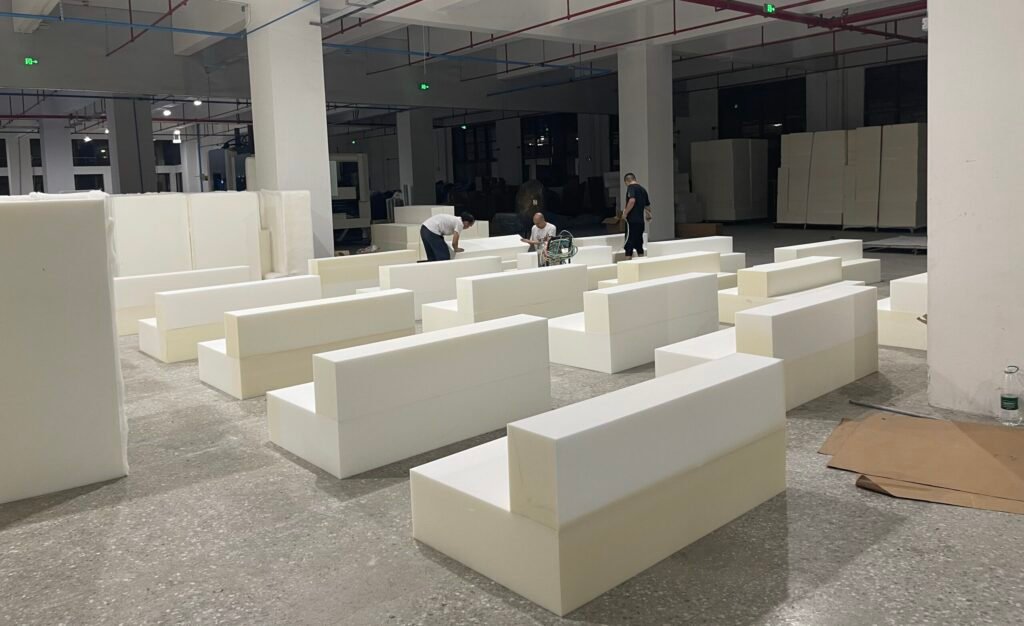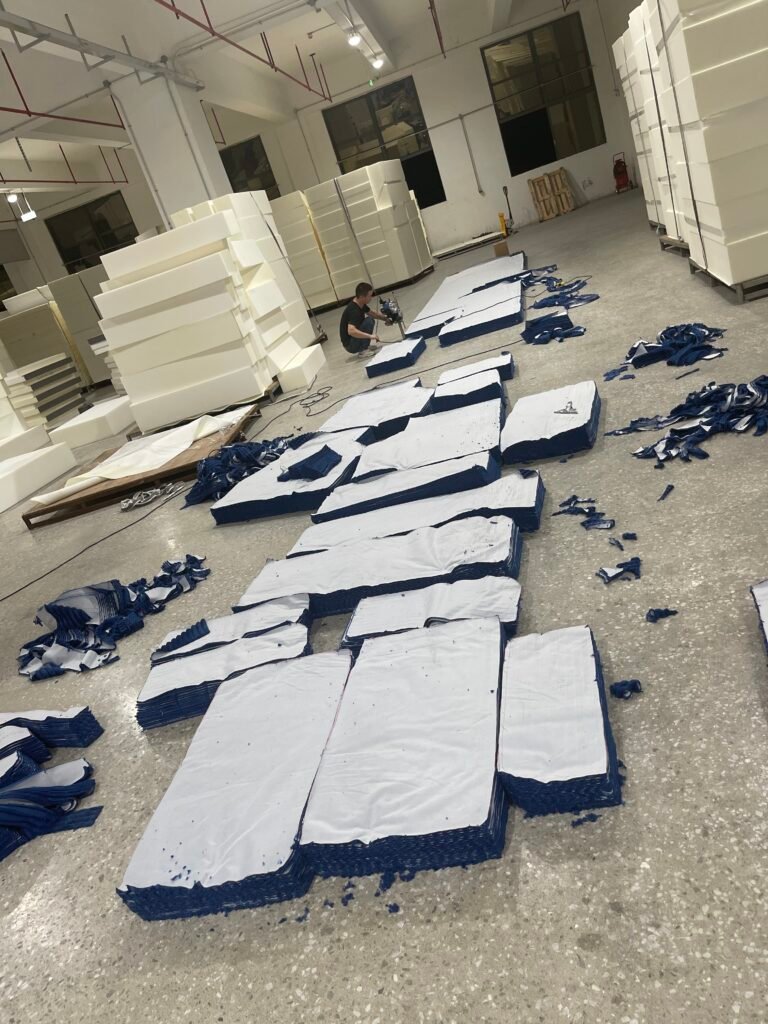Introduction
In today’s fast-paced world, furniture manufacturers are constantly innovating to meet consumer demands for convenience, cost-efficiency, and quality. One such innovation is the compressed sofa, a product that revolutionizes shipping and storage by significantly reducing volume without compromising comfort or durability. As a leading player in the modular sofa industry, Modular Sofas embraces this technology to deliver premium compressed sofas that cater to modern lifestyles.
This article explores the anatomy of a compressed sofa, breaking down its core components and explaining how each contributes to the overall performance and user experience. Understanding these components is essential for buyers, designers, and industry professionals who seek to optimize comfort, durability, and logistics.


What is a Compressed Sofa?
A compressed sofa is a piece of furniture that has been specially designed and manufactured to be compressed into a compact, vacuum-sealed package for efficient shipping and storage. Upon unpacking, the sofa quickly expands to its full size and shape without requiring professional assembly or tools.
The compressed sofa concept addresses two major challenges in the furniture industry:
- Reducing shipping costs: By compressing the sofa, manufacturers can ship more units per container, lowering transportation expenses and carbon footprint.
- Simplifying delivery and setup: Customers receive sofas that are easy to handle, carry, and set up, enhancing convenience and satisfaction.
Core Components of a Compressed Sofa
The quality and functionality of a compressed sofa depend on several key components. Each plays a vital role in ensuring the sofa’s comfort, durability, and ability to withstand compression and expansion cycles.
| Component | Description | Function | Material Examples |
|---|---|---|---|
| Frame | The internal skeleton that supports the sofa structure | Provides stability, shape, and durability | Hardwood, engineered wood, metal |
| Cushion Filling | The soft material inside cushions that provides comfort and support | Absorbs pressure, offers softness, and maintains shape after compression | High-density foam, memory foam, pocket springs |
| Upholstery Fabric | The external covering that protects the sofa and adds aesthetic appeal | Enhances comfort, appearance, and durability; must withstand compression and stretching | Cotton, linen, velvet, polyester blends |
| Compression Technology | Techniques and equipment used to compress and vacuum-seal the sofa for shipping | Enables volume reduction without damaging the sofa | Vacuum sealing, hydraulic presses |
| Protective Packaging | Materials used to protect the sofa during transport | Prevents damage, moisture, and dirt during shipping | Plastic wrap, cardboard boxes, foam padding |
| Support Springs | Springs integrated within cushions or seats to improve comfort and resilience | Provides bounce and ergonomic support | Pocket springs, sinuous springs |
| Adhesives & Fasteners | Used to assemble and secure various sofa parts | Ensures structural integrity and durability | Non-toxic glues, staples, screws |
Detailed Breakdown of Each Component
1. Frame
The frame is the backbone of any sofa, including compressed models. It must be strong enough to endure repeated compression and expansion without warping or breaking. Common materials include kiln-dried hardwood for durability or metal for lightweight strength. Modular sofa manufacturers often use engineered wood to balance cost and performance.
2. Cushion Filling
Cushions are the heart of comfort. For compressed sofas, cushion materials must be resilient to compression and capable of regaining their shape quickly. High-density foam and pocket springs are popular choices because they provide both softness and support while maintaining durability.
3. Upholstery Fabric
The fabric must be flexible and durable to withstand compression and expansion cycles without tearing or losing its aesthetic appeal. Breathable and stretchable fabrics such as cotton blends or velvet are preferred. Additionally, stain-resistant and easy-to-clean materials enhance the sofa's usability.


4. Compression Technology
Sophisticated compression machinery is used to vacuum-seal sofas, reducing their volume by up to 70%. The process requires precise control of pressure and timing to avoid damaging the sofa’s structure or materials.
5. Protective Packaging
After compression, sofas are wrapped with protective materials to safeguard them during transit. Packaging is designed to be lightweight yet strong enough to prevent moisture ingress, punctures, or abrasions.
6. Support Springs
Integrated springs enhance comfort by providing ergonomic support and bounce. Pocket springs are individually wrapped coils that conform to body shape and reduce motion transfer.
7. Adhesives & Fasteners
Eco-friendly adhesives and mechanical fasteners secure the sofa components, ensuring long-lasting durability even after compression cycles.
Advantages of Compressed Sofas
- Cost Efficiency: Lower shipping and storage costs.
- Convenience: Easy handling and quick setup.
- Sustainability: Reduced carbon footprint due to optimized logistics.
- Customization: Modular designs allow tailored configurations.


Production Process Overview
At Modular Sofas, the production of compressed sofas follows a rigorous process to ensure quality and performance:
- Material Selection: Choosing premium frames, cushions, and fabrics.
- Frame Assembly: Constructing a robust internal skeleton.
- Cushion Fabrication: Cutting and shaping high-density foam and springs.
- Upholstery: Sewing and fitting fabric covers.
- Compression: Using advanced vacuum-sealing equipment.
- Packaging: Wrapping and boxing for shipping.
Conclusion
Understanding the anatomy of a compressed sofa reveals the careful engineering and material selection behind this innovative furniture solution. By optimizing each core component, manufacturers like Modular Sofas deliver products that combine comfort, durability, and logistics efficiency. As consumer demand for convenient and affordable furniture grows, compressed sofas are poised to become a staple in modern homes worldwide.